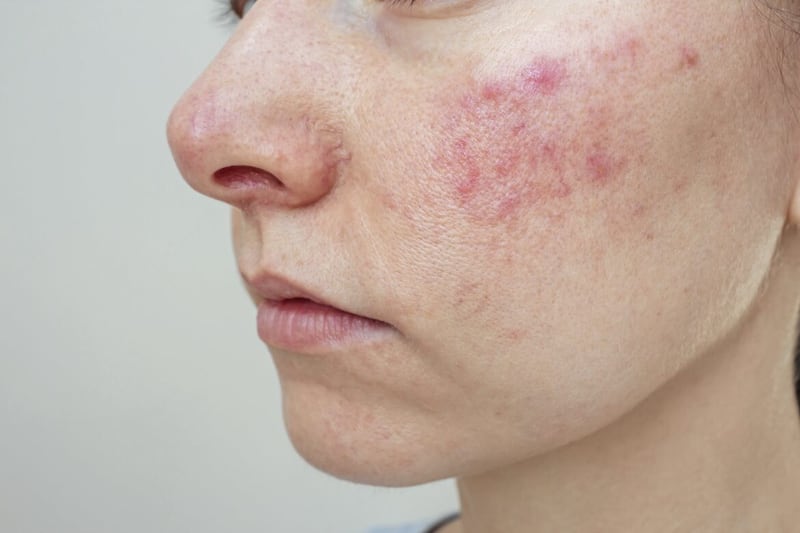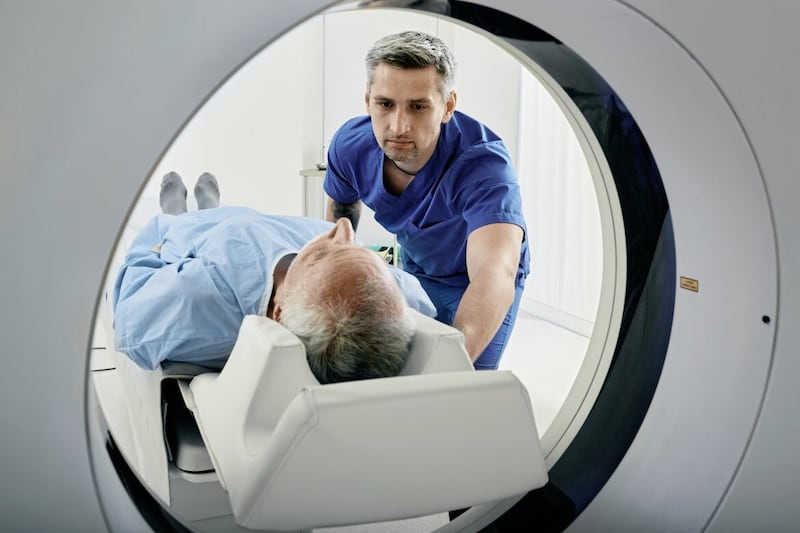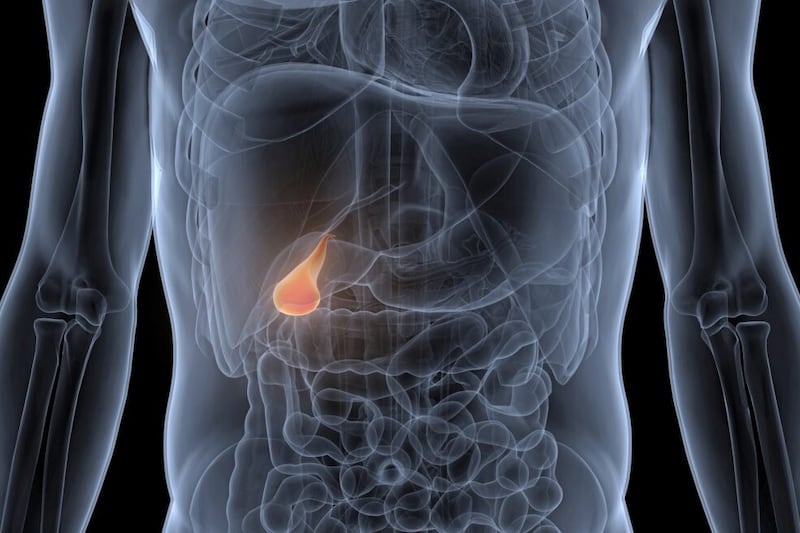Q: OVER the past two years, on waking, I have felt as if I have sponges on the bottom of both feet. Now it feels like tingling. What could it mean?
Name and address supplied
A: YOUR symptoms suggest the problem is peripheral neuropathy – the sensations that occur when peripheral nerves, such as those in the arms and legs, are damaged. Type 2 diabetes is one of the most common causes, though others include long-term excessive alcohol intake, low levels of vitamin B12, and an underactive thyroid gland.
In your longer letter, you explain that your symptoms affect both feet and, aged 69, you are in good health, aside from osteoarthritis in the hands and neck. My suspicion, therefore, is that you may also have osteoarthritis of the lumbar spine – the lower back – which is irritating the nerve roots that supply your legs. The odd feelings in your feet are the result.
Ask your GP to refer you for further investigation. You may need a nerve conduction study, a specialised test to assess nerve damage, which will be performed at the neurophysiology department of your local hospital. This involves placing an electrode that releases tiny electrical impulses on the leg, and measuring how well the impulses travel down the nerve.
If a neuropathy diagnosis is confirmed, the next step would be scans of the lumbar spine – ideally an MRI – to establish the cause.
When I saw patients with your symptoms, I would examine their lower legs and feet and, with their eyes closed, test to see if they could feel the sensation of being touched with cotton wool, a pin, a metal instrument or a vibrating tuning fork.
This test is no less valuable than the more sophisticated one I described above. If your GP performs this examination and diagnoses neuropathy, you might be able to jump straight to an MRI.
Treatments include medicines to ease nerve pain. Many of the drugs, such as amitriptyline, duloxetine, pregabalin and gabapentin, are also used to treat other conditions such as headaches and epilepsy.
If the neuropathy is severe, surgery may be an option. This aims to release the pressure on the nerve that is the source of the problem. This requires the expertise of a neurosurgeon or spinal surgeon, and the result may well be full recovery – or, at the very least, prevention of any further nerve damage.
Q: LAST May I awoke to find my face paralysed on one side. I was diagnosed with Bell’s palsy. It has since improved but still affects my speech and eating. Will I have to learn to live with it?
RO’B
A: BELL’S palsy is caused by the facial muscles spontaneously becoming paralysed. It is surprisingly common – we have a one in 60 chance of getting it in our lifetime, though typically it affects those between the ages of 15 and 45.
The palsy, which develops over a couple of days, is thought to be linked to inflammation and swelling of the seventh cranial nerve. This runs along each side of the face, passing through a tunnel in a bone in the ear.
Damage to the nerve results in paralysis on the corresponding side of the face. The cause is unclear; there are various theories, including viral infection, vascular ischaemia (a problem with the blood supply to the nerve), an autoimmune disorder, and even a hereditary link.
But the most widely held view is that it’s linked to reactivation of the herpes simplex virus (the ‘cold sore’ virus). This can lie dormant in the facial nerve and become active again when the immune system is suppressed, which causes the sudden inflammation.
Whatever the trigger, treatment with oral glucocorticoids (steroids) is recommended within three days of onset. Typically, patients will be prescribed 60 to 80mg of prednisolone daily for one week. Most recover spontaneously within a year, with 70 per cent regaining normal function of the facial muscles within six months. But up to a third are left with a degree of facial weakness.
Some also develop facial synkinesis – involuntary movements that accompany a deliberate movement. For example, the mouth may twitch when you blink. This is the result of disorganised repair of the nerve as the damaged section regrows. However, you have described no such symptom.
Fifteen months on, the prospects for further improvement are unlikely, unfortunately. As you suspect, the residual symptoms are something you will have to accept.
If the issue is severe, you could discuss the option of plastic surgery with your GP. You would have to be assessed by a cosmetic reconstructive surgeon working in tandem with a neurologist.
© Solo dmg media








